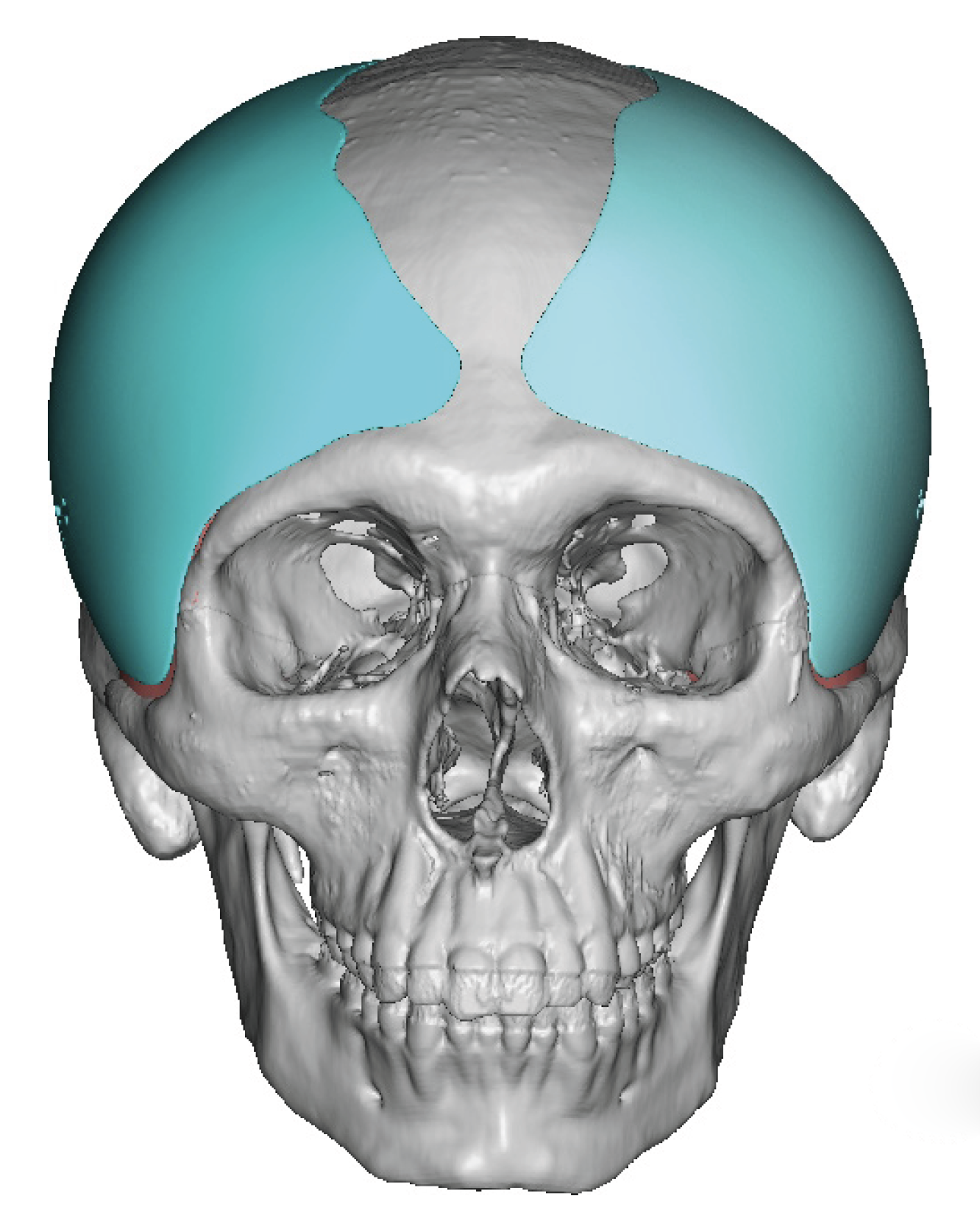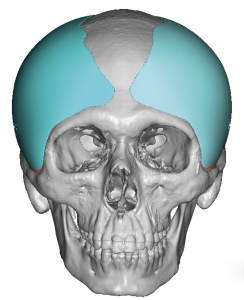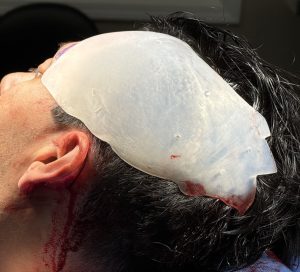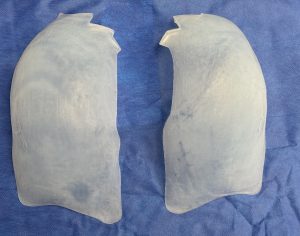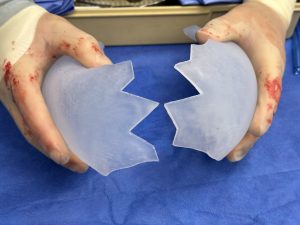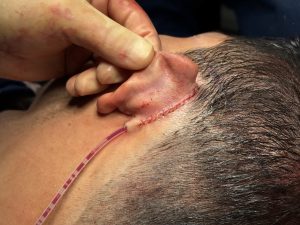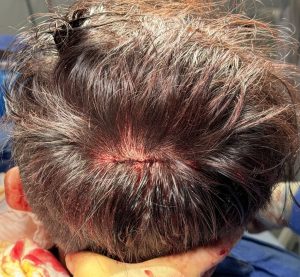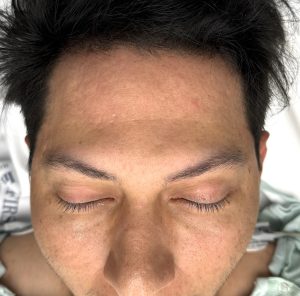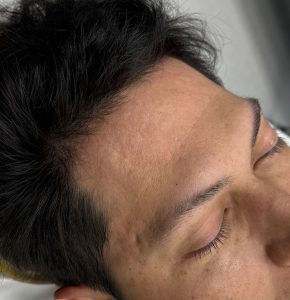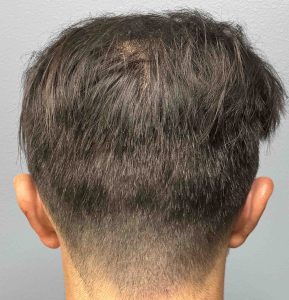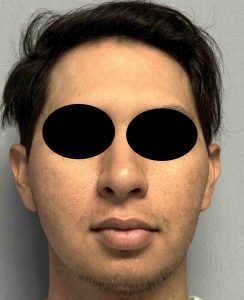Background: All areas of the skull can be aesthetically augmented with custom designed implants…the most effective method to do so. Augmenting the side of the head is unique, however, because most of it is covered by muscle and not bone. The most important landmark for the side of the head augmentation is the bony temporal line which runs from the brow bone anteriorly back along the top side of the head to end back at the side of the occipital bone posteriorly. The relevance of the bony temporal line is that this is the origin of the temporal muscle and serves as the barrier between partial or complete side of the head augmentation.
Very limited side of the head augmentation is that of anterior temporal hollowing which can be done by standard temporal implants. (Type 1 and 2 temporal augmentation) More significant head widening requires augmentation of the entire muscle or even beyond that of the bony temporal line. In Type 3 temporal augmentation the entire muscle is augmented with an implant placed beneath the muscle from incisions placed behind the ears. These are patients have a normal bony forehead width. But when the forehead isa so narrow the augmentation must cross onto the bone which requires implant placement on top of the muscle to create a smooth wrap around head augmentation..
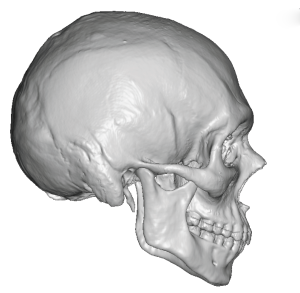
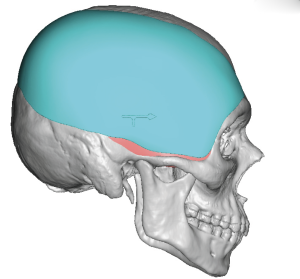
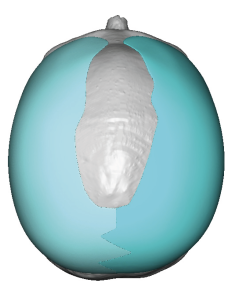
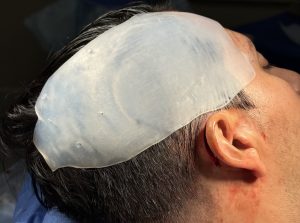
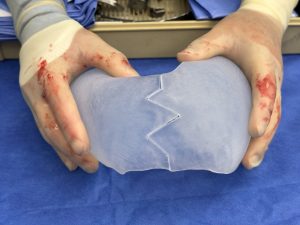
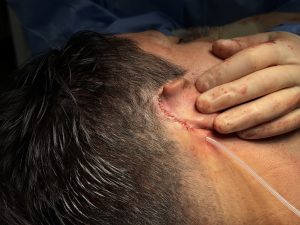
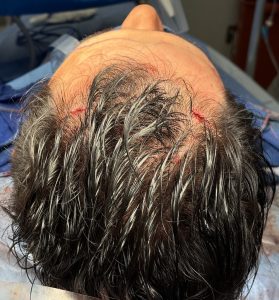
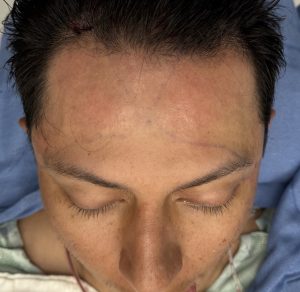
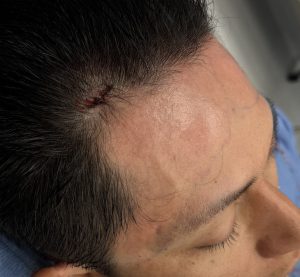
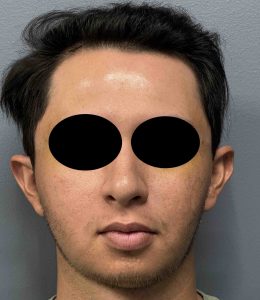
Implants that wrap around the head for improved width and shape can be desired and placed with very limited scarring. But because it is necessary to placed the implant on top of the deep temporal fascia there is a need for more prolonged drainage and resolution of most fluid collections can take a few after the surgery to fully resolve.
Key Points:
1) Widening of the side of the head can be done by staying inside the bony temporal lines (Type 3 temporal augmentation) or extending outside the bony temporal lines. (Type 4 temporal augmentation)
2) When the forehead is narrow the augmentation must cross the bony temporal lines for a more complete head widening as is known as wrap around head widening implants.
3) Placement of wrap around head widening implants can be done through limited scalp incisions that leave little scarring.
Dr. Barry Eppley
World-Renowned Plastic Surgeon

